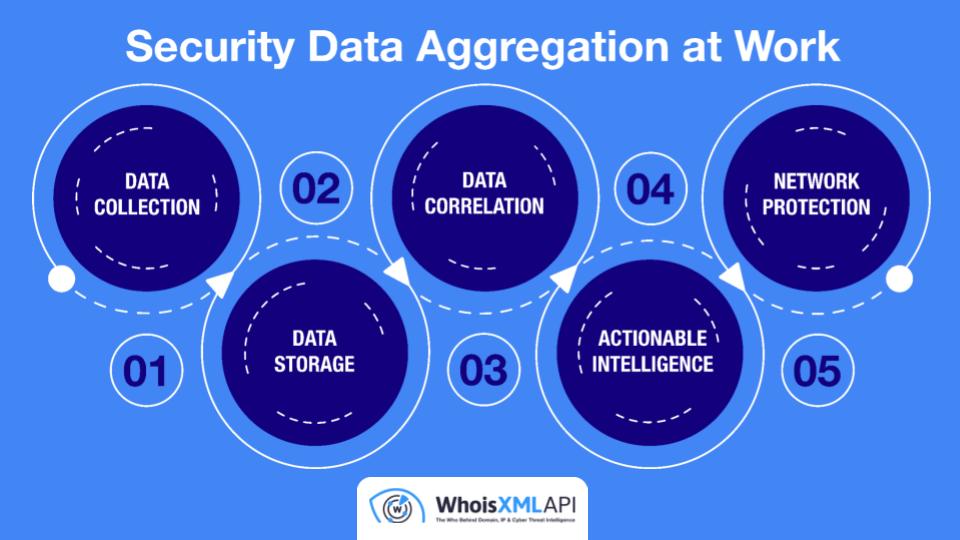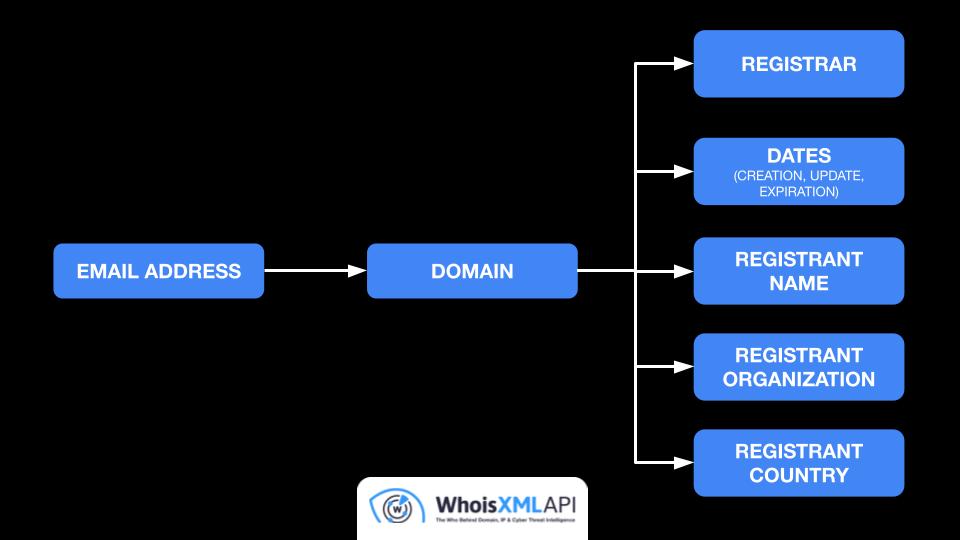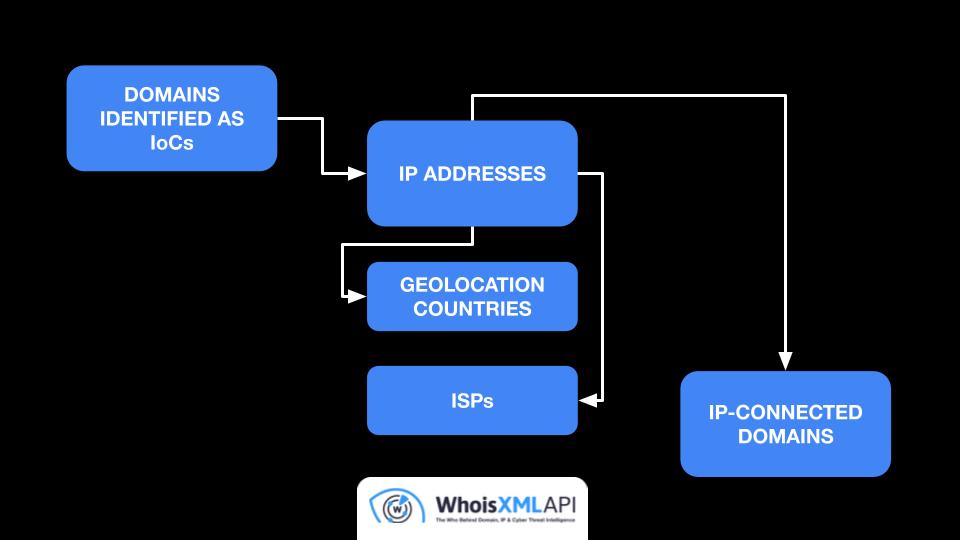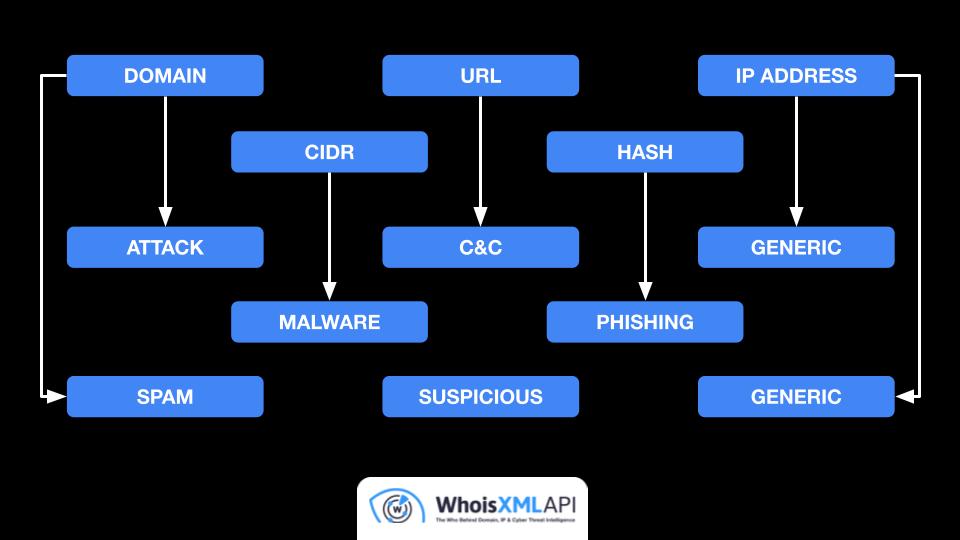


|
||
|
||
More than 30.6 billion records have been exposed in 2024 so far based on 8,839 publicly disclosed incidents. Intensifying cybersecurity efforts has thus become more critical than ever for organizations the world over. But that requires having the whole picture on hand, and that’s only possible if users can take a closer look inside and outside their networks.
More often than not, painting the complete threat picture is an impossible feat to take on independently. Collecting, sifting through, and making sense of the massive data pool that effective cybersecurity requires is just too tedious even for an entire security team. They need the help of security data providers and a means to piece all the information they provide together to turn it into actionable intelligence. Enter security data aggregation.
At present, the number of security data aggregators is on the rise. But what makes a security data aggregation platform effective? Also, how can a technology aggregator determine which security data provider can contribute to its solution most?
A closer look at the platform’s target users and their specific cybersecurity needs may be warranted at the onset. But, first off, let’s define what security data is.
Security data, in this context, refers to information that organizations collect, process, and analyze to understand threat actor motives, targets, and attack behaviors so they can reduce risks, comply with regulatory requirements, and obtain in-depth insights based on forensic evidence. Examples of security data include threat intelligence, DNS records, network logs, incident data, and user behavior information, among others. It enables users to make faster, more informed, data-backed decisions and shift from reactive to proactive security.
Security data can help several cybersecurity professionals, namely:
Security data, as you may have already inferred from the user descriptions above, aids in:
Knowing who can benefit from security data and how by now, the next question is how does it form a cohesive picture? The answer lies in correlation—seeing each piece fit into the puzzle through a single dashboard, one that a security data aggregation platform can provide. But what is a security data aggregation platform, exactly?
What Is a Security Data Aggregation Platform?
A security data aggregation platform is like a one-stop shop for various kinds of cybersecurity information. So, instead of shopping for vulnerability management, antimalware, and other cybersecurity solutions one by one, organizations can opt for a single platform.
Security data aggregation platforms make acquiring threat information more efficient, providing vetted data for users. They also eliminate the need for manual data collection, allowing direct access to correlated threat information, providing actionable security intelligence and empowering immediate action.
While security data aggregation platforms may have varying components or partners, some are typically found in all, such as:
Some platforms also have solutions that provide security for specific industries like e-commerce, marketing, and more, of course.
Given the vast pool of aggregators with a wide array of partners, though, how would users know which is the right one?
Not all security data aggregation platforms are created equal, but there are always certain criteria an ideal one should fulfill, including:
Here’s a simple chart that demonstrates how a security data aggregation platform typically works.

WhoisXML API has been providing security data, particularly domain, DNS, and threat intelligence to various aggregation platforms, such as Anomali ThreatStream, Cyware, Pangea, Query.AI, and Sumo Logic, in the past few years. Our data has been crucial in supporting users with threat detection and response, security investigations, digital risk mitigation, digital forensics, domain market research, and a wide range of other activities and use cases.
Our exhaustive intelligence sources that security data aggregation platforms can offer to their users comprises:

IP and DNS data repositories: Our IP database covers 99.5% of all IP addresses in use across hundreds of thousands of locations and ISPs. We also provide access to data for millions of IP netblocks. In addition, users can access more than a hundred billion DNS records. This data can aid users with threat infrastructure mapping and proactive attack vector identification.

Threat intelligence: Our lists of IoCs identify the specific threat types (attack, command and control [C&C], generic, malware, phishing, spam, suspicious) millions of domains, URLs, IP addresses and hundreds of thousands of file hashes are associated with. Threat data is particularly helpful in threat blocking and breach prevention.

All of these data sources are regularly updated and continue to grow, made possible by our strong partnerships with ISPs, registrars, and other data providers. Security data aggregation platforms and their users can enjoy standardized data downloadable in different file outputs (JSON, XML, CSV, and PDF). Our APIs and databases come with programming libraries as well, making them easy to integrate into any platform. Best of all, platform users can customize their data consumption, depending on their current needs.
WhoisXML API domain, DNS, and threat intelligence has been helping organizations with various cybersecurity and business requirements for years now. And more can harness the insights and actionable intelligence it offers through security data aggregation platforms.
Ready to see how WhoisXML API’s market-leading cyber intelligence sources can make your data security aggregation platform more attractive to security data users? Contact us now.
Sponsored byWhoisXML API

Sponsored byRadix

Sponsored byDNIB.com

Sponsored byVerisign

Sponsored byIPv4.Global

Sponsored byVerisign

Sponsored byCSC
